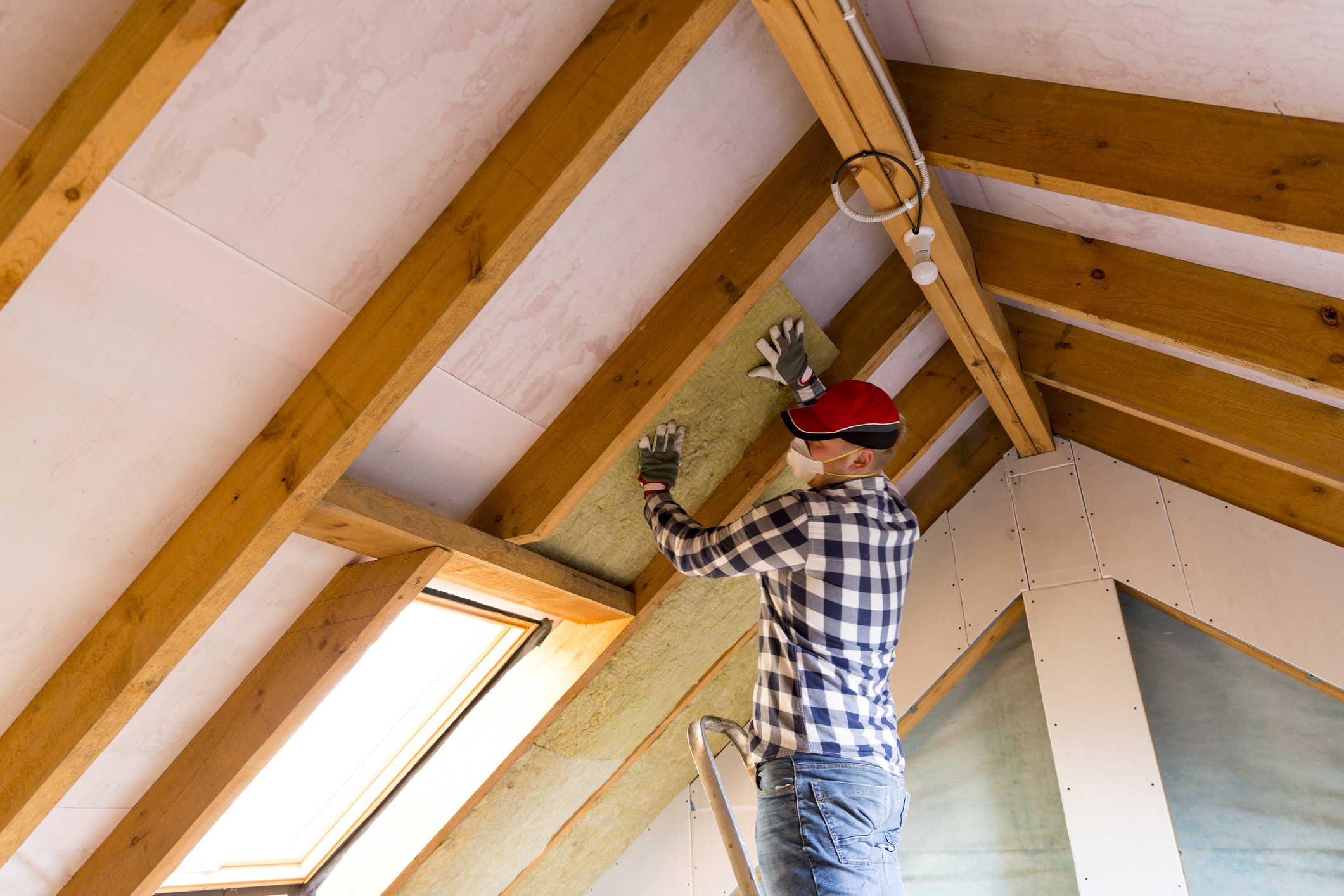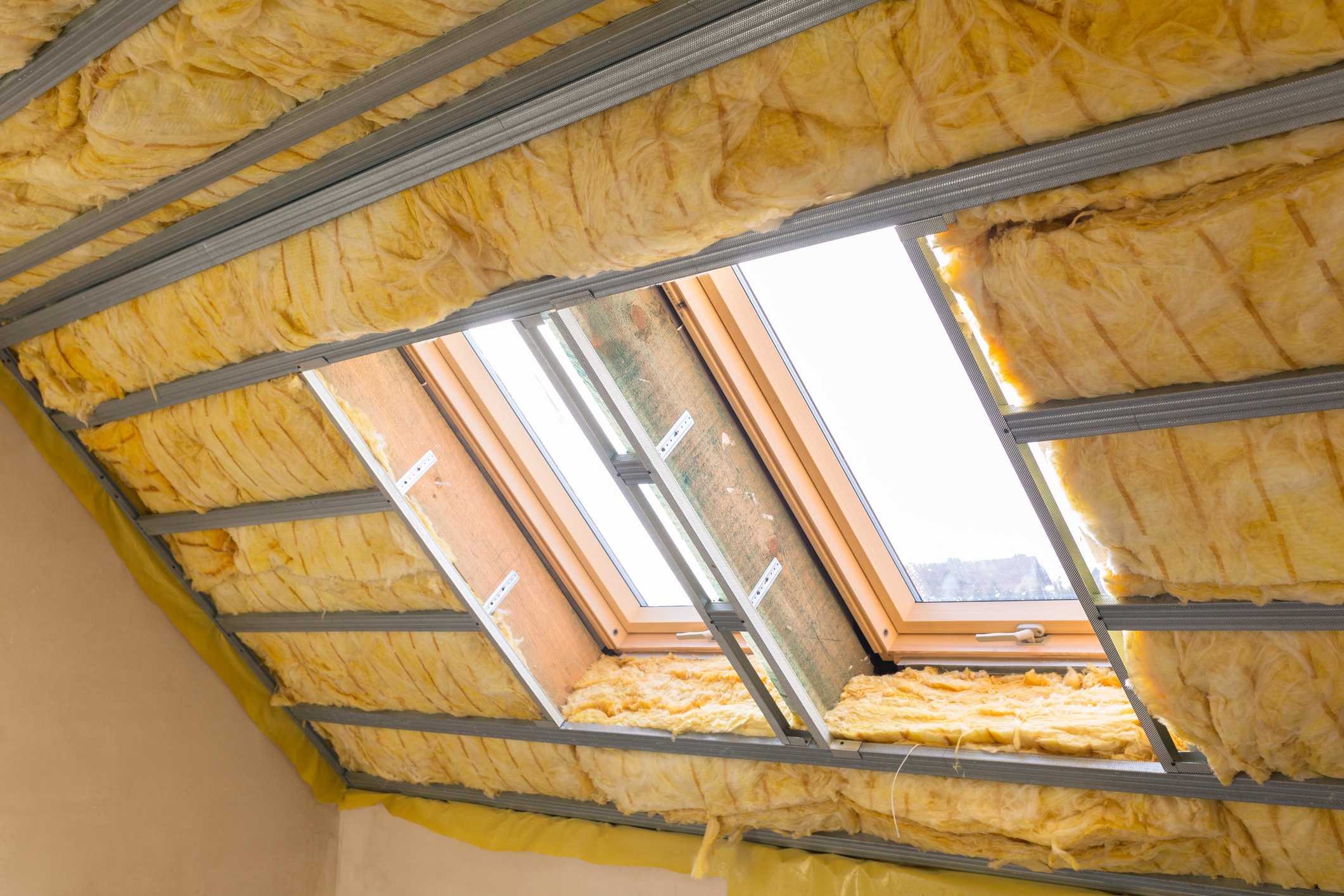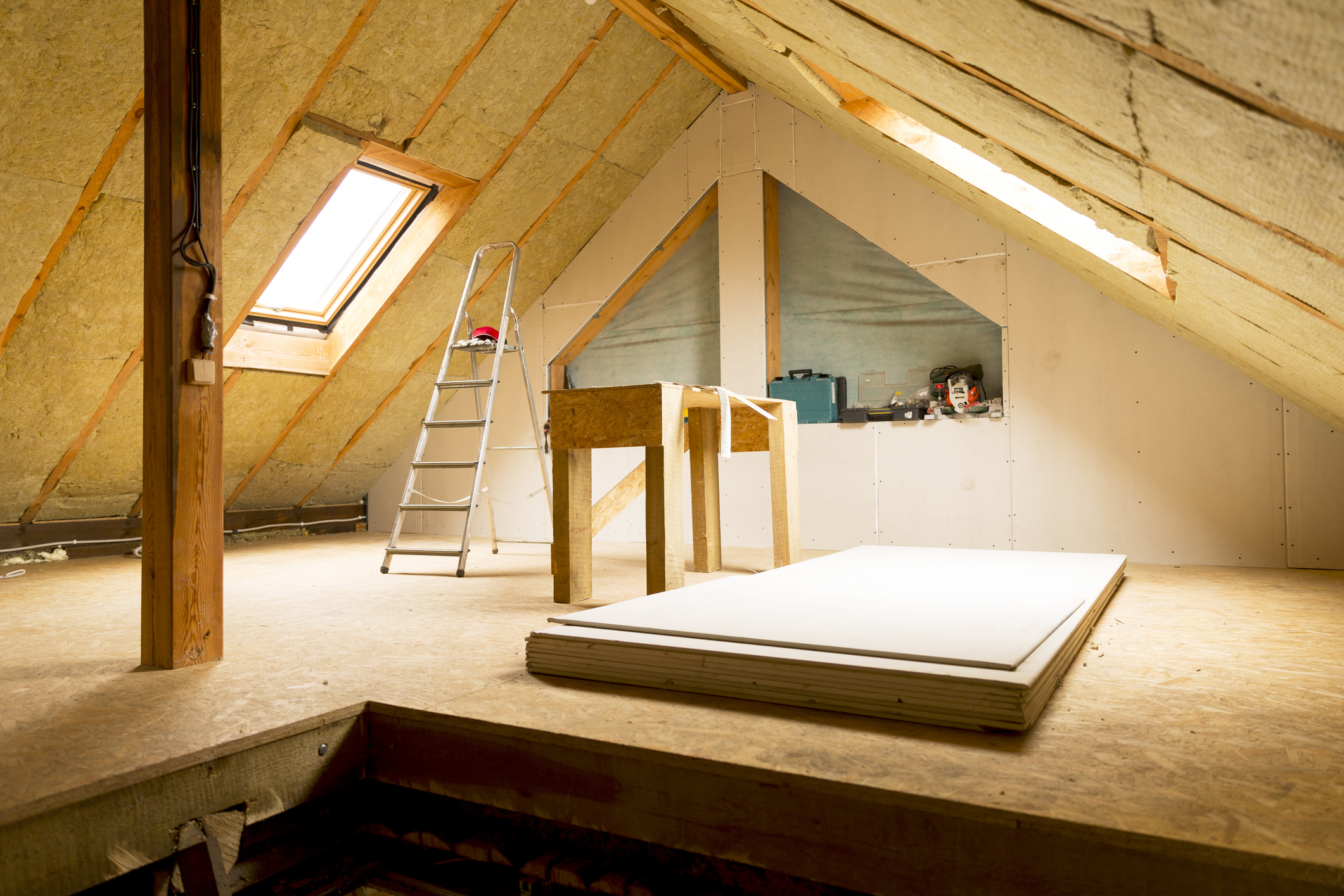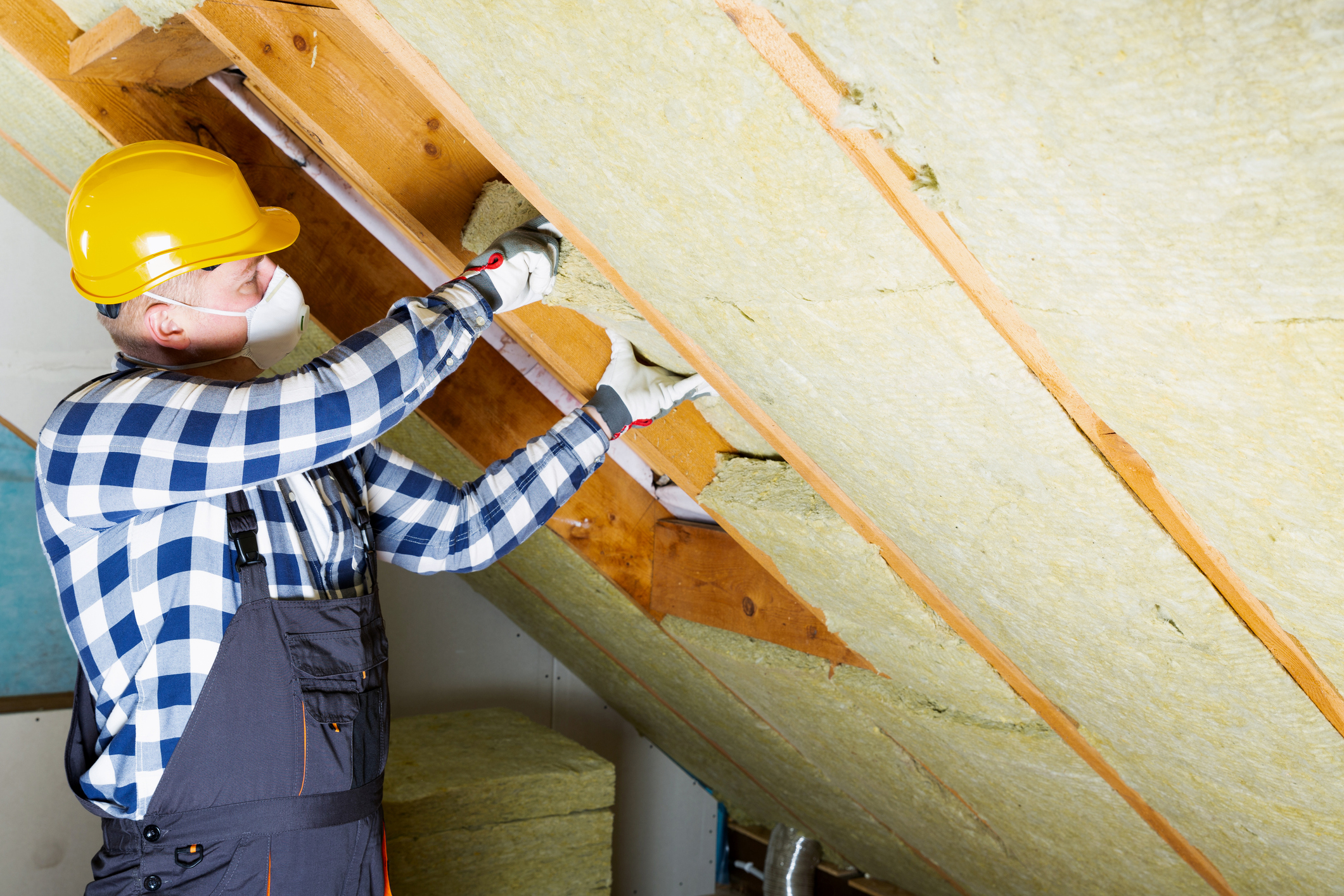If your energy bills seem too high, you may be paying more because of poor insulation in your home. Lack of insulation often makes your family uncomfortable, with excess heat during summer and too much cold in winter. Sealing cracks and walls improves the quality of life in your home and saves your finances.
Total Roofing and Construction has over 35 years of experience insulating homes in Illinois and Indiana. Our technicians can advise you on the best insulation material and install it in your home. Visit our facility or call us for a free, comprehensive inspection.

Covering the walls, attic and basement in your house helps you achieve the following:

We install three types of insulation products from verified suppliers:

Do you suspect faulty insulation for the monthly high power bills in your mail? We understand you may not know whether the insulation in all parts of your home is in good condition. Sometimes, you may not need to replace all the fiberglass in your home if the problem arises from one wall.
We send technicians to inspect your home’s insulation state. The experts advise you on the best material for covering different areas. The assessment enables us to quote the right price to save you from over- or underspending on the material.

We understand the various brands of insulation material in the market. Our professionals use high-quality material to seal your home so you don’t have to replace the insulation soon.
We train our technicians to install different insulation materials to last for years. Proper installation ensures warm air stays in your home when it’s cold. They seal loopholes that may be unnoticeable but could add significant figures to yearly energy costs.
As a family-owned business, we perfect our work through training. We combine our expertise with defined processes and systems to offer professional services. What’s more, our team educates clients about improving their homes and caring for different parts to retain or increase value.
We offer various financing plans that enable you to improve your property. If your home needs emergency insulation and you cannot pay for it in its entirety at the time of service, we can work out a plan.

Would you like to find out whether your insulation contributes to your high electricity bills and correct the issue? Our team can inspect the condition of your home and recommend the best action. Schedule a free assessment to get a full report.